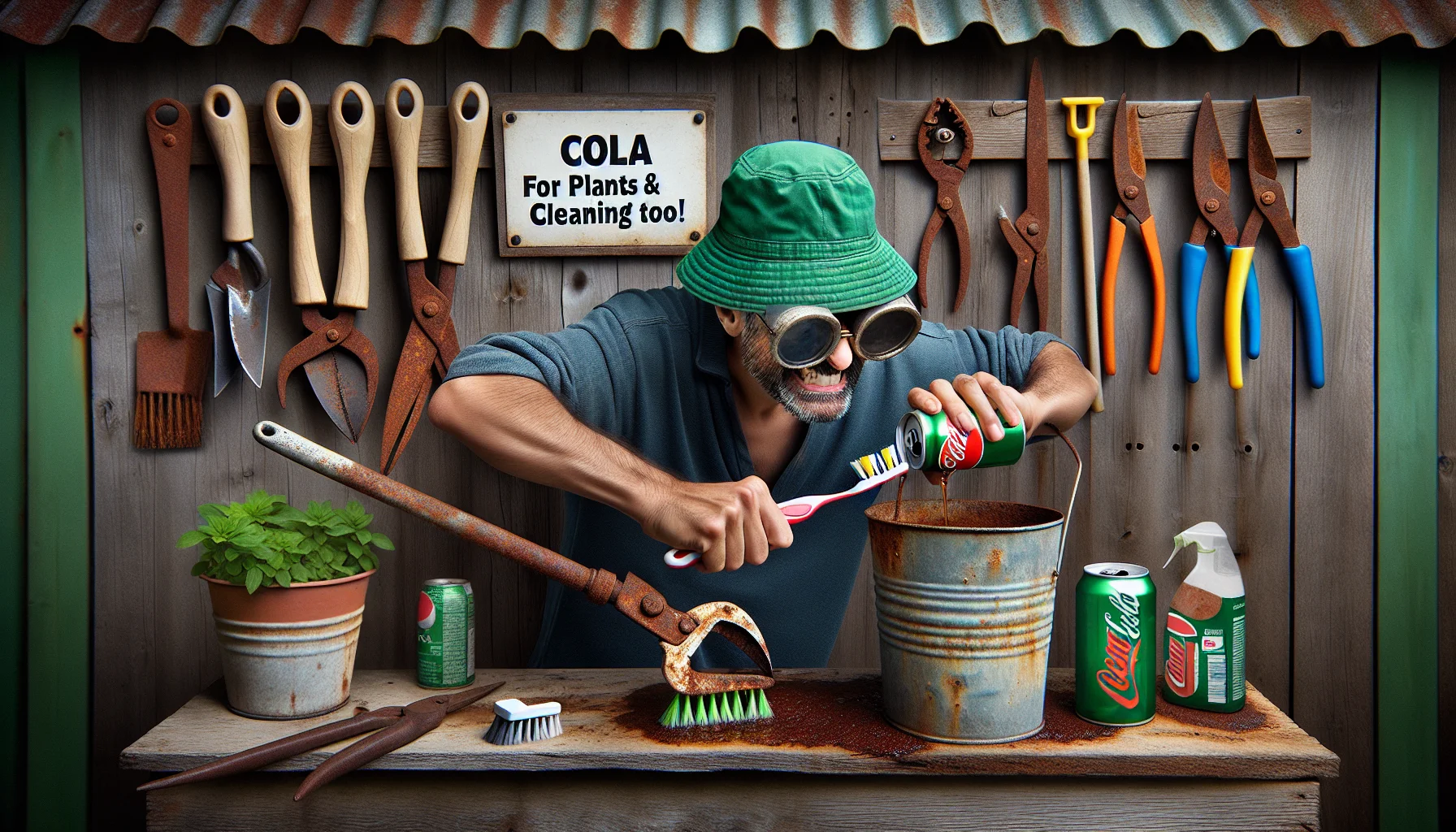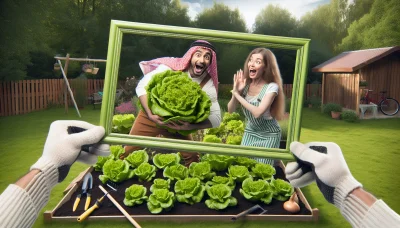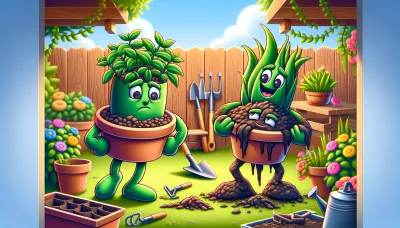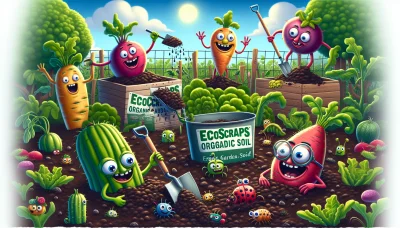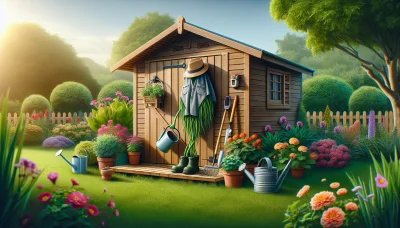How to remove rust from garden tools Quiz
Test Your Knowledge
Question of
How to Remove Rust from Garden Tools
Maintaining rust-free garden tools is crucial for effective gardening. Rust not only damages the integrity of the tools, making them weak and brittle, but also affects their performance, making gardening tasks more difficult and less efficient. By keeping your garden tools free from rust, you ensure their longevity and maintain their effectiveness, making your gardening efforts more productive and enjoyable.
Causes of Rust on Garden Tools
Rust on garden tools is a common issue that can significantly reduce their lifespan and effectiveness. The primary cause of rust is exposure to moisture, which can come from various sources such as rain, dew, or even the humidity in the air. When metal tools are left outside or stored in damp conditions without proper drying, they are prone to rusting. Additionally, soil contact can accelerate rusting since soil retains moisture and can contain corrosive elements. Another contributing factor is the lack of maintenance, such as failing to clean and dry tools after use or neglecting to apply protective coatings like oil or silicone-based products that can prevent rust. Understanding these causes is the first step towards taking preventative measures to protect your garden tools from rust.
Preventive Measures to Avoid Rust
- Clean tools after each use to remove soil and sap.
- Dry tools thoroughly before storing them.
- Store tools in a dry, protected area to prevent exposure to moisture.
- Apply a light coat of oil to metal surfaces to repel water.
- Sharpen tools regularly to maintain a protective surface barrier.
- Use silica gel packs in your storage area to absorb excess moisture.
- Inspect tools regularly for signs of rust and treat promptly if any is found.
DIY Rust Removal Methods
- Vinegar Soak: Submerge the tools in white vinegar for 24 hours, then scrub with a metal brush.
- Baking Soda Paste: Mix water with baking soda to create a paste, apply to the rusted area, let it sit for a couple of hours, and then scrub off.
- Potato and Dish Soap: Cut a potato in half, dip the cut end in dish soap, and use it to scrub the rusted area. The oxalic acid in the potato helps break down the rust.
- Lemon and Salt: Sprinkle salt over the rusted area, then squeeze lemon juice over the salt. Leave it for a few hours and scrub the rust away. For extra tough rust, use the lemon rind as a scrubber.
- Citric Acid: Mix citric acid powder with water to create a solution, soak the tools overnight, then scrub the rust off the next day.
- Steel Wool or Sandpaper: For small rust spots, simply scrubbing with steel wool or sandpaper can be effective.
- Electrolysis: This method involves using a car battery charger and a solution of water and washing soda to reverse the rusting process. It's more complex but very effective for heavy rust.
Chemical Rust Removers
Chemical rust removers work by utilizing active ingredients to react with the rust (iron oxide) and dissolve it, making it easier to wipe away from the metal surface. These products often contain acids or chelating agents that penetrate and break down the rust, allowing for restoration without the need for abrasive scrubbing or sanding. The effectiveness of a chemical rust remover depends on its formulation, the type of metal being treated, and the extent of the rust.
| Product Name | Pros | Cons |
|---|---|---|
| Evapo-Rust | Non-toxic, biodegradable, does not require special handling or protective gear | May take longer to work on heavily rusted items |
| WD-40 Specialist Rust Remover Soak | Effective on various metals, reusable solution | Chemical smell, requires thorough rinsing after use |
| CLR PRO Metal Cleaner | Fast-acting, can be used on multiple surfaces including chrome, stainless steel, and porcelain | Can be harsh on skin, requires protective gloves |
| Iron OUT Rust Stain Remover | Can be used for large surface areas, versatile in application methods (spray or soak) | Not suitable for all types of metals, may require multiple applications for heavy rust |
Maintaining Your Garden Tools Post-Rust Removal
After successfully removing rust from your garden tools, it's essential to take steps to maintain them and prevent future rust. Firstly, always clean your tools after use, removing soil, sap, and moisture. Dry them thoroughly before storage. Applying a light coat of oil on the metal parts can create a protective barrier against moisture. Store your tools in a dry, ventilated area to minimize exposure to damp conditions. Regularly inspect your tools for signs of wear or rust, and address any issues promptly to extend their lifespan and maintain their effectiveness.
